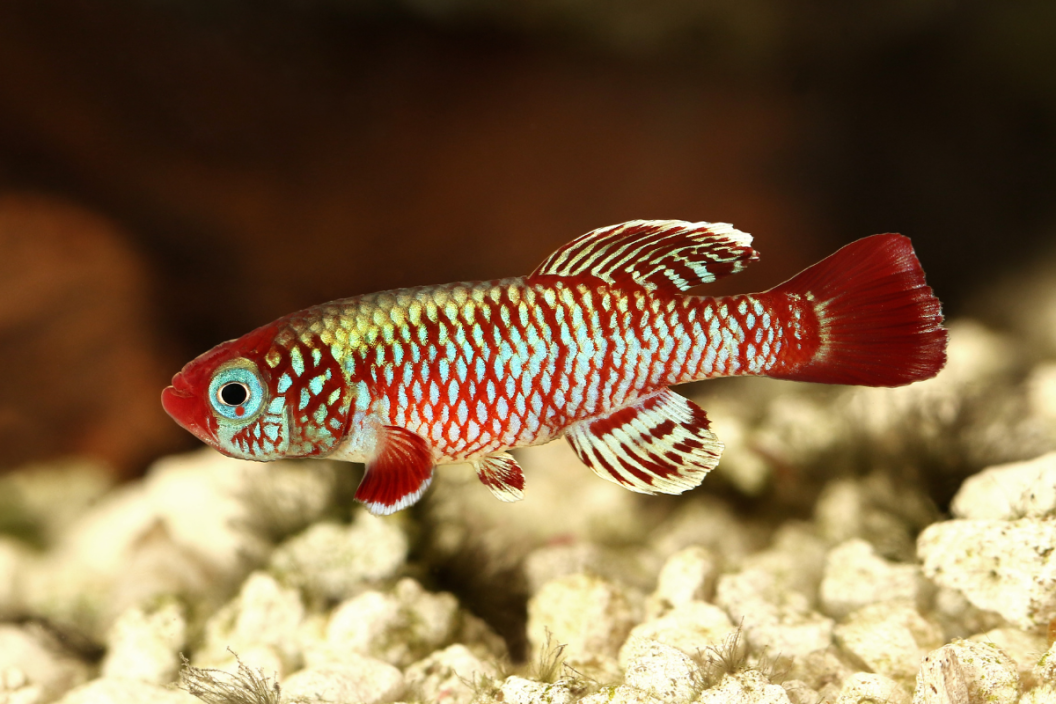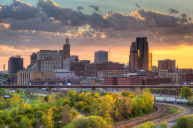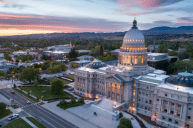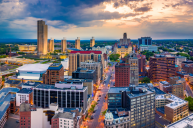The city of Bismarck, North Dakota, is nestled along the east bank of the Missouri River about 70 miles north of the state's border with South Dakota. The organizers of the Northern Pacific Railway hoped to rename the city after German chancellor Otto Von Bismarck might attract more Germans to the region. Before Bismarck, people often referred to the area as Missouri Crossing because it was the place where the Lewis and Clark Expedition crossed the Missouri River on their famous expedition.
The stretch of Central North Dakota, where Bismarck is located, has been inhabited by people for thousands of years. Before European settlers arrived in the area, this Great Plains region was home to Native American Mandan tribes such as the Arikara and Hidatsa. The United States snatched up the region from the French as part of the Louisiana Purchase, and it has since been the site of many critical historical turns.
Whether you're just driving in from Fargo to enjoy a day of casual tourism or flying all the way in from far-off destinations like New York City, we're sure these following suggestions will make your trip one to remember!
What is the Capital of North Dakota?
https://www.instagram.com/p/BsBCpa_hXUn/
You know we wouldn't be asking this question if the city of Bismarck wasn't North Dakota's state capital. At a little over 30 square miles, it is also the seat of Burleigh County. Isn't that a little unfair? It seems like if you're already the capital, you should let the honor of county seat go to someplace else. *shrug*
While sources like Wikipedia claim that Bismarck is the only state capital to be named after a "foreign statesman," this might not be entirely true. For instance, Annapolis, Maryland, is named after Queen Anne, so it depends on who you consider a statesman.
Final Fun Fact: The capital city was actually called Edwinton for a year before it became Bismarck. It got this name from the chief engineer of the Northern Pacific Railway, Edwin Ferry Johnson. Now, how many capital cities do you think were once named after a chief engineer?
6 Reasons to Visit Bismarck, North Dakota
1. The North Dakota State Capitol Building
https://www.instagram.com/p/BM9PUt2hGif/
At 21 stories, the capitol is the tallest building in the entire state. Unlike most state capitols built with Neo-Classical elements like pillars and domes, North Dakota's features a minimalistic Art Deco design.
In addition to this bastion of state government, the capitol grounds contain points of interest like the State Historical Society of North Dakota and the Historical North Dakota Governor's Mansion. For more information and/or to plan your visit, check out this nd.gov web page.
2. The North Dakota Heritage Center and State Museum
https://www.instagram.com/p/CLufRTigJVr/
RELATED: Theodore Roosevelt National Park: The Making of an American Icon
Since one of North Dakota's primary draws is its past, visiting a dedicated repository of historical knowledge and artifacts is a great way to dive deeper into the state's story. The museum has exhibits that explore everything from the U.S. state's prehistory to its present cultures and industry. It is also the state's largest museum.
3. The North Dakota State Railroad Museum
https://www.instagram.com/p/Bz4hMaynPat/
While many states have some sort of museum dedicated to railroads, North Dakota's is a little more interesting given Bismarck's historical relation to the Northern Pacific Railway. Since the museum is on the small side, it's easy to squeeze into any itinerary. If you're trying to keep kids entertained and this sounds like a good option, just wait till you read the following items on our list.
4. The Dakota Zoo
https://www.instagram.com/p/BIGS27LjS16/
When it comes to travel, zoos are always up there with capitol buildings. If a city has one, you just have to visit it. The Dakota Zoo is home to over 125 species and 600 animals, so you're sure to find a furry friend to "adopt."
In the Sertoma Park area around the zoo, you'll also find the family-friendly amusement park SuperSlide.
5. Historical Sites
https://www.instagram.com/p/CEpuTvghpAE/
As mentioned above, the history of human habitation in this region of the United States goes back thousands of years. Before North Dakota was made into a state, it was considered a piece of the Dakota Territory, which included parts of Montana, Minnesota, Wyoming, and Nebraska, not to mention both North and South Dakota.
This being the case, the Bismarck area has quite a few historic sites to tour. Chief among these is Fort Abraham Lincoln State Park, known for being the last place General Custer was in charge of before his fall in the famous Battle of Little Bighorn. In addition to the fort, Bismarck's other historic locations include popular destinations like Camp Hancock Historic Site, Buckstop Junction, and others.
6. Great Outdoor Spaces
https://www.instagram.com/p/CExXs53hXJL/
There are many parks in and around the city of Bismarck. Along with the riverside Sertoma Park, where the state's zoo is located, visitors can also look forward to exploring sites like the Missouri River Natural Area, Pioneer Overlook Park, and Sibley Nature Park, just to name a few. If you're from out of state and thinking of visiting the Black Hills, we're sorry to inform you that those are actually in South Dakota.
What's your favorite thing to do when visiting the Bismarck area? Let everyone know what they shouldn't miss on our Wide Open Roads Facebook!




